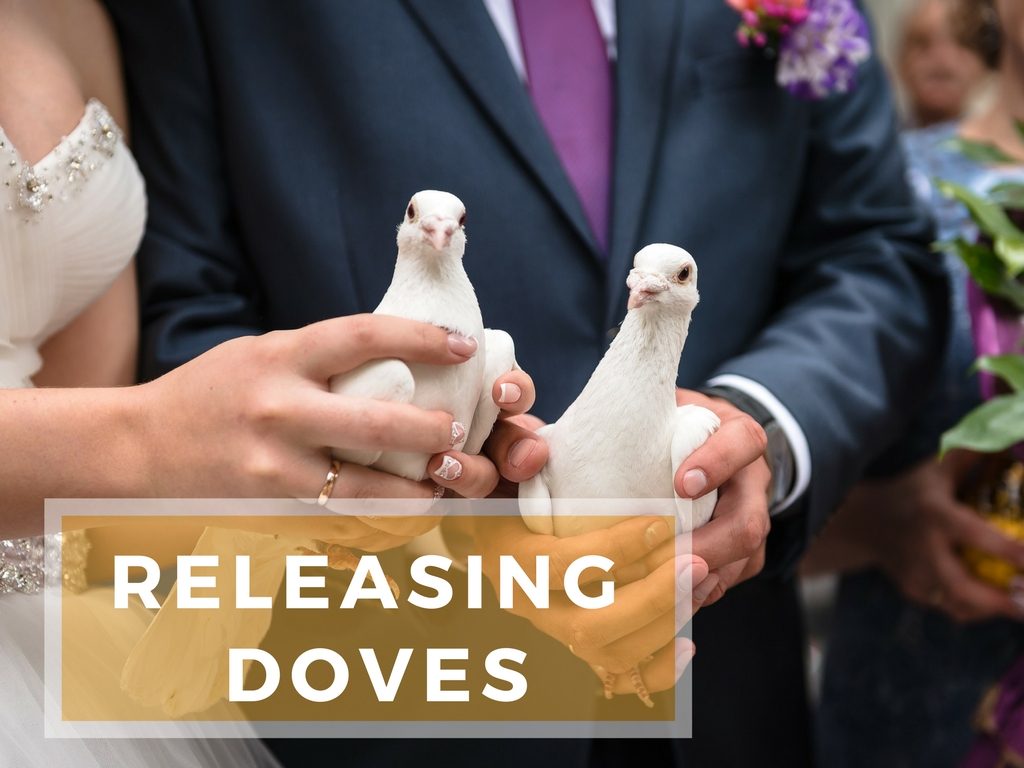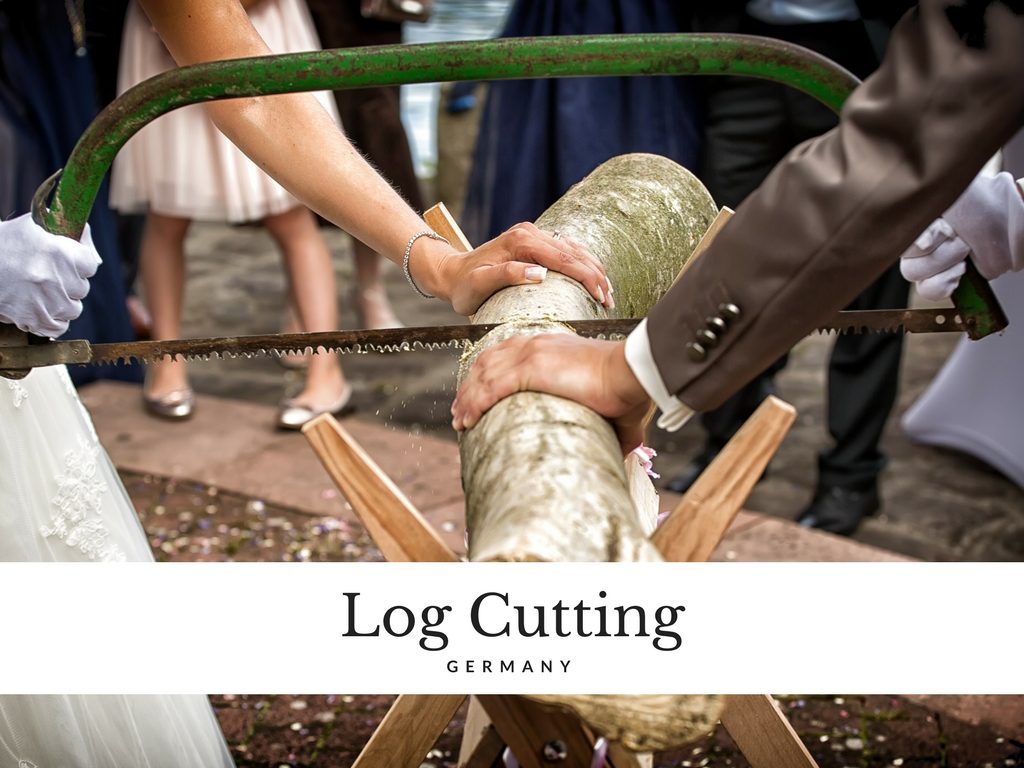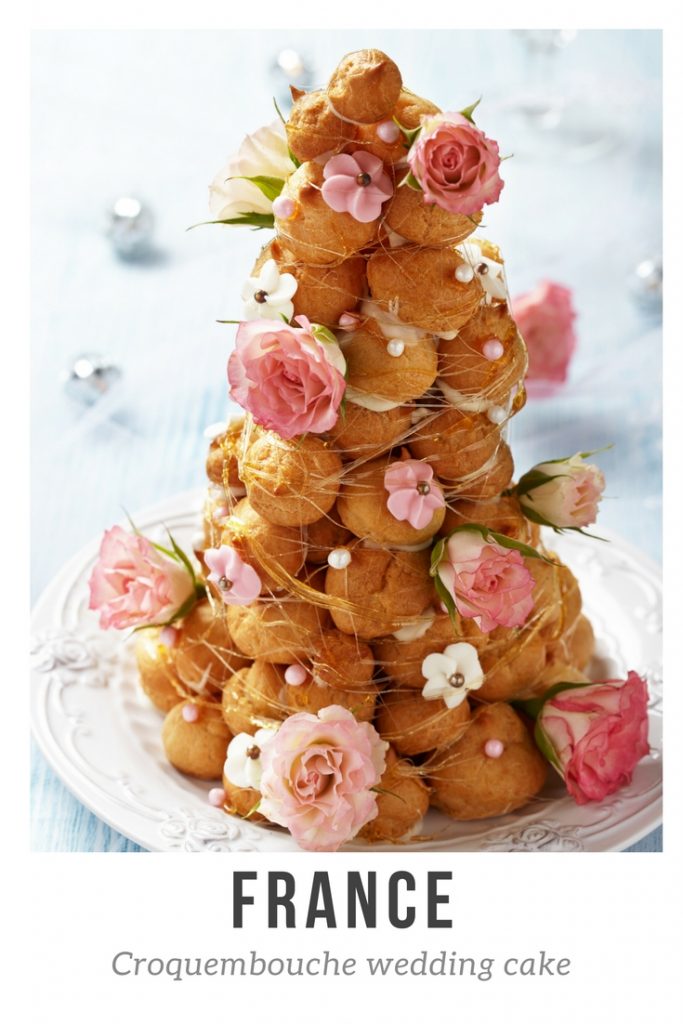Love is universal but the way in which couples celebrate the special union can be completely different depending on the culture and where you are in the world. Here are some of the most interesting wedding traditions from countries around the world:
Philippines: Releasing the doves
Filipino style weddings, also known as kasalan, feature the couples releasing a pair of white doves to symbolise a loving and harmonious marriage. Filipino culture highly regards the sanctity of marriage, meaning the lengthy celebration (traditionally a three-day event) reminds everyone attending, especially the couple getting married, that the bond is expected to be a lifelong commitment.
Another Filipino wedding tradition is to never buy a set of kitchen knives/sharp objects for the couple, as it’s seen as bad luck. What’s also considered bad luck is if siblings get married in the same calendar year, so only one wedding per year in the family. An interesting element in Filipino weddings is that brides pray for rain on their wedding day… it’s a sign for prosperity, so most Filipino couples would be happy, if not prefer, to have bad weather on their special day.

Italy: confetti
The Bride and Groom provide small gifts to their guests to give thanks, these gifts are called bonbonniere. In Italy, it’s tradition that these are made up of a present, confetti (sugared almonds) and printed ribbons. The number of confetti is super important, it should be an odd number, preferably 5 or 7 as each of these are a number holding good luck. Confetti in Italy is different to say, Australia. In Italy, it means sugar coated almonds, while the small pieces of paper we would call confetti, is called coriandoli.
Japan: San San Kudo
Japan is a country that’s filled with traditions, and when it comes to weddings, it’s no different. Many couples wear traditional kimonos and perform the binding ceremony known as San San Kudo, which translates as “three three nine times”.
This ceremony is a ritualised drinking of sake by the couple, and sometimes their parents as well which serves as a binding ceremony. The ceremony dates back to the 1600s and is one of the oldest ceremonial Japanese wedding traditions.
Norway: Kransekake
Kransekake is a traditional Danish and Norwegian confection, usually eaten on special occasions like weddings, baptisms, Christmas, or New Year’s Eve.
Kransekake is a tower of iced almond cake rings and is Norway’s version of the layered tower Western wedding cake. It’s common to build the tower over a wine bottle so a nice treat appears as guests break off pieces of the dessert, although it isn’t an essential element.

Germany: Log Cutting
Newlyweds in Germany are faced with the task of instantly putting their bond to the test by working together to saw a log in half, in front of all their guests. It’s intended to showcase the bridge and groom’s ability to work together and face the obstacles that may come throughout their marriage. The couple use a large, long saw with two handles to demonstrate their teamwork and their willingness to master the inevitable difficulties that arise in a marriage. Hopefully, it’s not a giant log, so you’ll still have time for the reception!
Scotland: Blackening
This Scottish tradition sees the bride, groom, or both taken out on the day before their wedding, plied with alcohol, and covered in treacle, ash, custard and more by friends and family. The goal is to get them as dirty as possible and then cover them in flour and feathers. The celebratory mess was originally carried out to avoid evil spirits and bring good luck, now it’s probably just for fun (although it sounds like every bride’s worst nightmare).
Korea: Geese
Korean tradition sees the groom gifting their mother-in-law wild geese or ducks. The animals represent the groom’s pure intentions and loyalty to his bride. The modern version of this tradition is often that the bride and groom exchange wooden geese and ducks on their wedding day as a sign of loyalty and commitment.
After the wedding is a short Korean ceremony called pyebaek, which is restricted to family members only. The bride and groom wear special wedding hanbok*, bowing to their parents who are seated behind a low table stocked with traditional and symbolic wedding foods such as chestnuts, jujubes, and dried persimmons. The parents will bless the newlywed couple, followed by an entertaining round of “catch the jujubes and chestnuts” to predict how many daughters and sons the couple will have.
* Hanbok is the representative example of traditional Korean dress, characterised by vibrant colours and simple lines without pockets.
France: Croquembouche
A French wedding tradition is often to serve a croquembouche, a tower of cream-filled pastry puffed as the wedding cake. A croquembouche can be decorated with fruit, nuts and glazes and makes an incredible centerpiece.
The wedding reception brings a far lass charming tradition: La Souple, in which leftovers are gathered into a toilet (or toilet-like bowl) from which the bridge and groom must eat for good luck.

India: Stolen shoes
In a game called Jutti Chupai, the bride’s sisters and bridesmaids steal and hide the groom’s shoes before the wedding ceremony begins. The groom must bribe the sisters in exchange for his shoes.
Another tradition at Indian weddings is that bride’s wear red, not white. In Indian context, red is connected to the rising sun and according to astrology, connected to the planet in charge of marriages, Mars (which is red in colour). Because of this, Hindu brides are asked to wear red during the wedding proceedings since it stands for prosperity and fertility.
During the ceremony, an Indian couple pledges their vows around the agni, a holy fire that acts as a witness to the ceremony. The bride and groom take seven steps around the blaze while reciting a sacred Hindu pledge for marriage.
China: Red Umbrellas
Another culture that believes red is a powerful colour. In traditional Chinese weddings, the colour red symbolises boldness, luck and love. According to tradition, the bride wears a red veil to hide her face, and her mother or attendant holds a red umbrella over the bride’s head to encourage fertility and grow her own family. Another common colour is gold, which is obviously a symbol of wealth. Chinese weddings ceremonies are usually intimate and quiet, but the wedding banquet (what we would call the reception) more than makes up for it with hours of delicious food, multiple gowns being worn by the bride, and a real celebration atmosphere.
A traditional Chinese wedding features a full procession, with the bride escorted to the ceremony in a bridal sedan.
If you have any specific cultural requests or traditions for your upcoming wedding, contact ido@weddingexpressions.com.au or call 0419 697 018. Your special day should be a celebration of you, your love for one another, and your culture.
